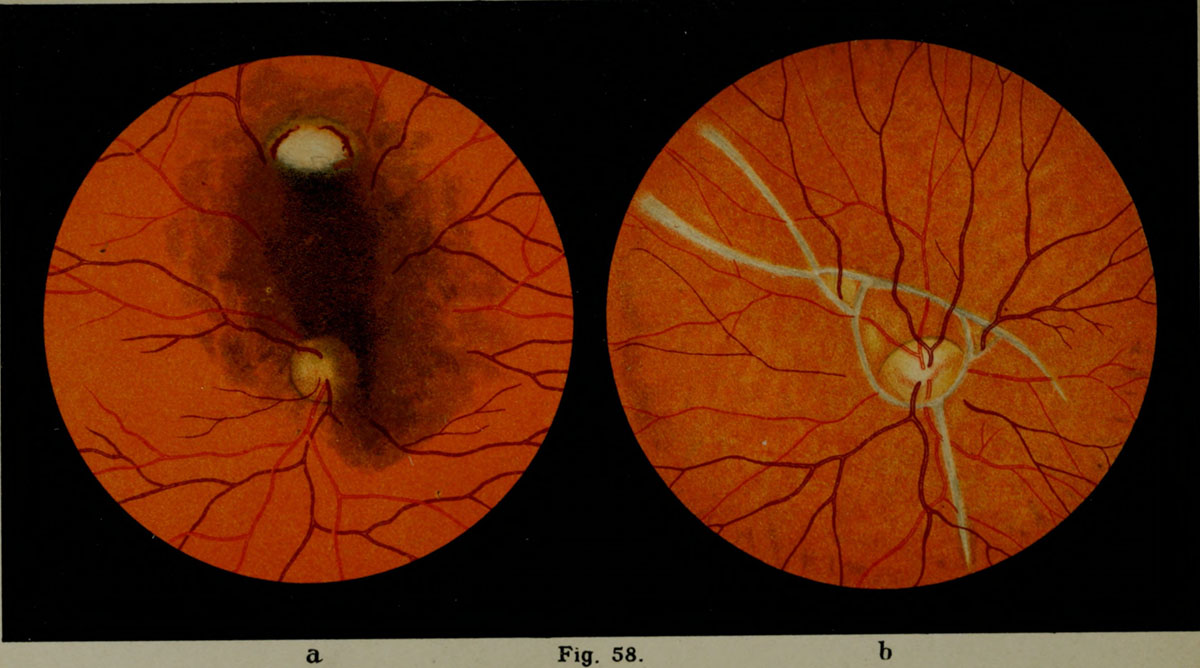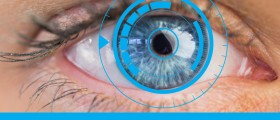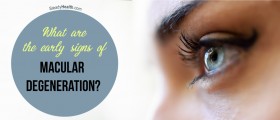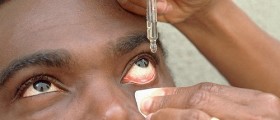
The macula, also known as the macula lutea, is an oval-shaped part of the retina. The macula is highly pigmented and yellow and it is located near the very center of the retina. The macula is essential for central vision. Structures that create the macula are necessary for high acuity vision. Any damage to the macula will result in loss of central vision and unlike the loss of peripheral vision which may go unnoticed for certain time, loss of central vision is noticed almost instantly. The damage and destruction of the macula may be in a form of progressive illness called macular degeneration and in some cases the person may develop a macular hole.
A macular hole is a hole or interruption of the tissues of the macula. The condition features with distorted or blurred vision and if not treated properly or on time it may cause permanent loss of central vision. In majority of cases macular hole is age related illness (it basically affects people over the age of 60).
Causes of Macular Hole
A macular whole results from the shrinkage of the vitreous. This is a specific substance that resembles jelly and it fills the inside of the eyeballs. This substance is essential since it provides the round shape of the eye. The fibers of the vitreous are attached to the surface of the retina. This connection is rather firm. However, due to the process of aging the vitreous becomes thinner; it shrinks and separates more and more from the retina. Once this separation exceeds certain degree a hole in the macula develops. Apart from being associated with the process of aging, a macular hole may also be connected to certain eye conditions such as high myopia, diabetic retinopathy, Best's disease, injury and trauma to the eye.
Treatment for a Macular Hole
The treatment must start as soon as possible in order to prevent possible loss of central vision. The only treatment modality for macular holes is surgery. The surgical procedure is called vitrectomy and is performed under local anesthesia. It includes removal of the vitreous and its replacement with air and gas. This way, a macular hole is intact and may heal adequately. The patients are advised to hold their faces down for some days. This way the bubble inside the eye presses the hole and helps in its healing.
There are several side effects of the surgery and they include the formation of cataract, infections and retinal detachment. A person who has experienced a macular hole on one eye carries significant risk of repeated illness on the other eye. These people are due to have regular check-up. By doing so the ophthalmologist will be able to timely diagnose the disease on the other eye.

















Your thoughts on this
Loading...